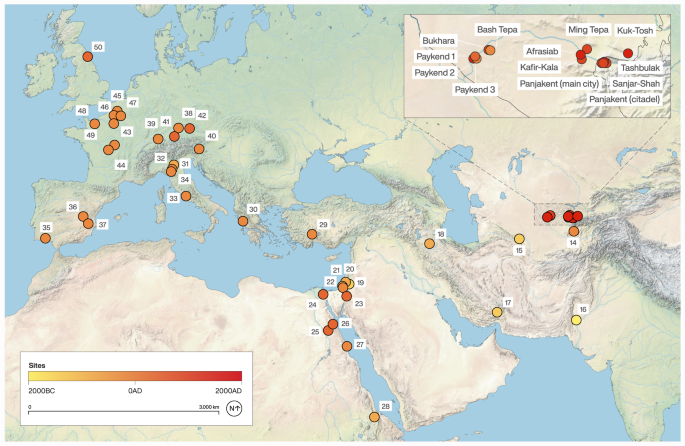2024-04-04 リンショーピング大学
<関連情報>
- https://liu.se/en/news-item/autism-and-adhd-are-linked-to-disturbed-gut-flora-very-early-in-life
- https://www.cell.com/cell/fulltext/S0092-8674(24)00238-1
乳幼児期の微生物と代謝物が小児期の神経発達障害を指し示す Infant microbes and metabolites point to childhood neurodevelopmental disorders
Angelica P. Ahrens,Tuulia Hyötyläinen,Joseph R. Petrone,…,Matej Orešič,Eric W. Triplett,Johnny Ludvigsson
Cell Published:April 03, 2024
DOI:https://doi.org/10.1016/j.cell.2024.02.035
Highlights
- Infant microbes and metabolites differentiate controls and future NDs
- Early-life otitis lowers Coprococcus and increases Citrobacter in future NDs
- Preterm birth, infection, stress, parental smoking, and HLA DR4-DQ8 increase ND risk
- Linolenic acid is lower and PFDA toxins higher in the cord serum of future ASD
Summary
This study has followed a birth cohort for over 20 years to find factors associated with neurodevelopmental disorder (ND) diagnosis. Detailed, early-life longitudinal questionnaires captured infection and antibiotic events, stress, prenatal factors, family history, and more. Biomarkers including cord serum metabolome and lipidome, human leukocyte antigen (HLA) genotype, infant microbiota, and stool metabolome were assessed. Among the 16,440 Swedish children followed across time, 1,197 developed an ND. Significant associations emerged for future ND diagnosis in general and for specific ND subtypes, spanning intellectual disability, speech disorder, attention-deficit/hyperactivity disorder, and autism. This investigation revealed microbiome connections to future diagnosis as well as early emerging mood and gastrointestinal problems. The findings suggest links to immunodysregulation and metabolism, compounded by stress, early-life infection, and antibiotics. The convergence of infant biomarkers and risk factors in this prospective, longitudinal study on a large-scale population establishes a foundation for early-life prediction and intervention in neurodevelopment.
Graphical abstract



